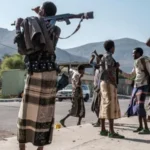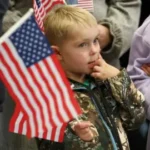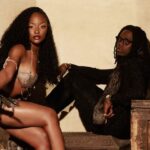Every year, the Met Gala stands as one of the most anticipated events in the fashion calendar, celebrated not only for its exclusive guest list but also for its breathtaking displays of couture. Since its inception in 1948, this annual fundraising gala for the Metropolitan Museum of Art’s Costume Institute has evolved into a sartorial spectacle, showcasing the creativity, innovation, and cultural commentary of the world’s top designers and celebrities.
A Tradition of Extravagance and Artistic Expression
The Met Gala is renowned for its thematic approach, with each year’s dress code inspired by the Costume Institute’s exhibit theme. This interplay between theme and fashion prompts stars to push boundaries and explore new artistic territories. For instance, the 2019 theme, “Camp: Notes on Fashion,” inspired over-the-top, theatrical ensembles that celebrated exaggerated aesthetics and humor. Celebrities like Lady Gaga and Billy Porter delivered show-stopping looks that became instant icons, highlighting how the event emphasizes storytelling through fashion.
Celebrity Fashion Choices: A Blend of Art and Culture
The dressing stars for the Met Gala involves a collaborative effort between celebrities, stylists, and designers. Evidence suggests that many stars work months in advance with designers to craft bespoke outfits. For example, in 2018, Rihanna wore a stunning yellow Guo Pei gown featuring a 16-foot train, a design that took months to create and garnered widespread acclaim. Such choices reflect a deliberate fusion of craftsmanship and cultural symbolism, often referencing historical eras, art movements, or social themes.
Notable Moments and Their Impact
The influence of Met Gala fashion extends beyond the event itself. It often sparks trends and influences broader fashion discourse. Lady Gaga’s 2019 look, featuring a four-in-one ensemble by Brandon Maxwell, showcased the transformative power of fashion and became a viral sensation. Similarly, Kim Kardashian’s 2022 Marilyn Monroe-inspired gown paid homage to Hollywood glamour, illustrating how dressing for the Met can serve as a form of cultural homage and commentary.
Fashion as a Platform for Social Commentary
In recent years, many celebrities have used their Met Gala appearances to make political or social statements. For example, in 2018, Donatella Versace’s tribute to the #MeToo movement was reflected in her choice of a bold, empowering gown. Such instances underscore how the event’s fashion choices often carry deeper meanings, aligning with the event’s reputation as a platform for cultural dialogue.
The Role of Designers and the Craftsmanship Behind the Looks
The craftsmanship behind Met Gala dresses is extraordinary. Many outfits are painstakingly handcrafted, involving intricate embroidery, beadwork, and fabric manipulation. Designers like Alexander McQueen, Yves Saint Laurent, and more recently, contemporary houses like Thom Browne and Christopher John Rogers, push the envelope to create memorable looks. The collaboration between stars and designers often results in outfits that are as much wearable art as they are fashion statements.
Conclusion
The dressing stars for the Met Gala is a blend of artistry, craftsmanship, and cultural commentary. It is a celebration of creativity where fashion becomes a medium for storytelling and social expression. As each year brings new themes and daring designs, the event continues to captivate audiences worldwide, reinforcing its position as the ultimate platform for showcasing the transformative power of fashion.
Email Us on editorial@nnafrica.com













